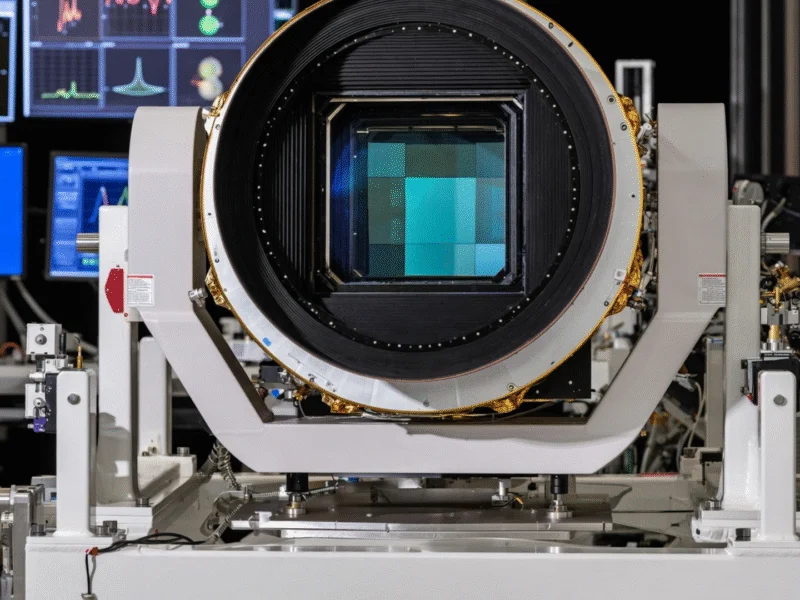Calls Grow for Digital Driver’s Licenses to Regulate AI Access and Ensure Responsible Use
As AI integration accelerates, analysts suggest a licensing model similar to driver’s education may be necessary. Reports indicate that unregulated access is creating vulnerabilities at individual, organizational, and societal levels, prompting calls for mandatory certification.
The Case for AI Competency Certification
Technology analysts and policy experts are increasingly advocating for a digital driver’s license system to regulate access to advanced artificial intelligence tools. According to reports, this proposed framework would require users to demonstrate competence in both human and algorithmic literacy before gaining full access to powerful AI systems.


